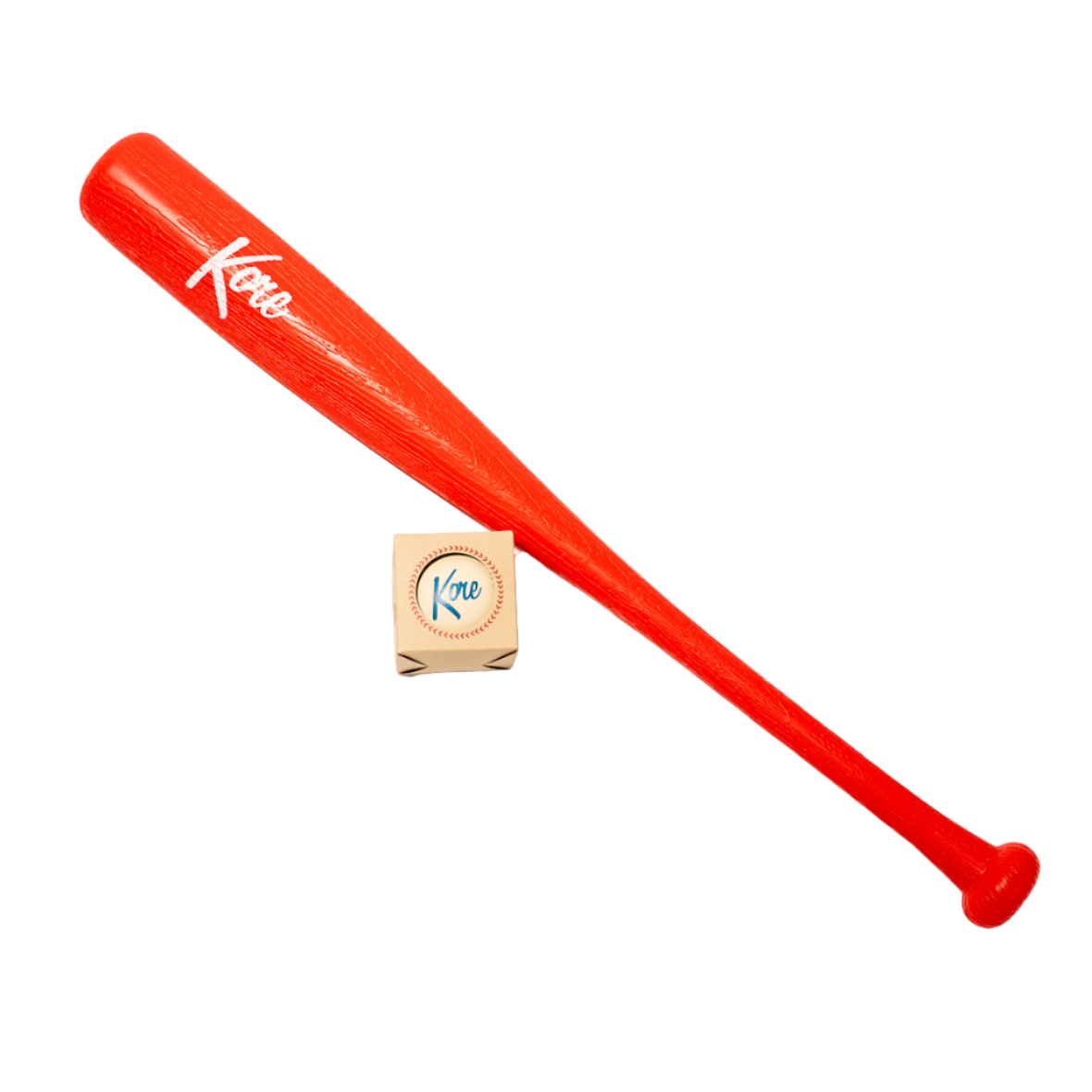What is a Passed Ball?
In the realm of baseball, a passed ball refers to a situation when a pitch thrown by the pitcher isn't successfully caught by the catcher and the ball goes behind the catcher, allowing a baserunner to advance to another base. It is a significant event in the game that requires clarification due to its impact on scoring and strategy. A passed ball occurs when the catcher fails to control a pitched ball that he should have caught with ordinary effort. It is important to note that a passed ball is distinct from a wild pitch, which occurs when a pitch is uncatchable due to its erratic nature, regardless of the catcher's ability.
The catcher plays a pivotal role in a team's defense, responsible for receiving the pitcher's throws and preventing baserunners from advancing. They are positioned behind home plate and must possess the skills and agility necessary to catch, block, and control the movement of various pitches. With the responsibility of corralling every pitch, passed balls can occur due to a variety of factors, such as a pitch with unexpected movement, a lack of focus, or a misjudgment by the catcher.
Impact and Significance of a Passed Ball
A passed ball can have a substantial impact on the dynamics of a baseball game. When a passed ball occurs, baserunners can seize the opportunity to advance to the next base, potentially putting them in a better scoring position. This advancement can significantly affect the strategy employed by both the offensive and defensive teams. For instance, the offensive team may modify their tactics to take advantage of the baserunner's new position, such as attempting a sacrifice bunt or initiating a hit-and-run play.
Moreover, a passed ball can influence the scoring in a game. If a baserunner on third base advances home due to a passed ball, it is recorded as a run scored against the defensive team. Consequently, this directly impacts the scoreboard and the team's overall performance. Additionally, passed balls can also affect a pitcher's confidence and performance. Knowing that their catcher has difficulty controlling pitches may cause pitchers to become hesitant or alter their approach, potentially resulting in decreased effectiveness on the mound.
Strategies to Minimize and Prevent Passed Balls
Minimizing passed balls requires a combination of skill, preparation, and effective teamwork between catchers and pitchers. Here are some strategies that can help reduce the occurrence of passed balls:
1. Catcher-specific techniques and skills: Catchers should continuously work on improving their receiving, blocking, and framing techniques to enhance their overall ability to control pitches.
2. Pitcher-catcher communication and synchronization: Developing a strong trust and communication between catchers and pitchers is crucial. This includes discussing pitch selection, establishing signals, and being on the same page during each pitch.
3. Pre-game and in-game preparation: Catchers should study the opposing team's hitters and consider factors such as the tendencies of specific pitchers they will face. This knowledge can help them anticipate pitches better and be prepared for potential challenges.
4. Practice and repetition: Regular practice sessions that simulate game scenarios and replicate different pitch types and movements can enhance a catcher's ability to react and control pitches effectively.
5. Consistent focus and concentration: Maintaining mental focus throughout the game is essential for catchers. Their attentiveness can decrease the chances of mishandling pitches and prevent passed balls.
By implementing these strategies, teams can reduce passed ball occurrences and enhance their overall defensive performance.
Famous Passed Ball Incidents in Baseball History
Throughout the history of baseball, there have been several notable passed ball incidents that have had a significant impact on key games and championships. These incidents have highlighted the importance of preventing passed balls and shaped the perception surrounding this event.
For instance, in the 1960 World Series, a passed ball played a pivotal role in deciding the championship. The Pittsburgh Pirates' catcher, Smoky Burgess, failed to control a pitch during a crucial moment, allowing the go-ahead run to score for the opposing team, the New York Yankees.
Another memorable example is the 1986 World Series between the Boston Red Sox and New York Mets. A passed ball occurred during Game 6, which created a dramatic scenario. The ball slipped through the legs of Red Sox catcher, Rich Gedman, allowing the tying run to score and prolonging the game, eventually leading to a Mets victory.
These incidents serve as a reminder of how passed balls can completely shift the momentum and outcome of games, making it imperative for teams and catchers to focus on minimizing their frequency.
Factors Influencing Passed Balls
Several factors can influence the occurrence of passed balls in baseball. Understanding these factors can help teams identify areas for improvement and work towards minimizing this event.
The pitcher-catcher relationship plays a vital role in preventing passed balls. Developing a strong rapport and communication between the two is essential for effective pitch reception. Additionally, the catcher's ability to anticipate the movement and location of pitches thrown by different pitchers can contribute to minimizing passed balls.
Pitching style and velocity also impact the likelihood of passed balls. Pitches with significant movement or high velocity can be more challenging to catch and control. Catchers need to adjust their positioning and techniques accordingly to handle these types of pitches effectively.
Pitch selection and movement can also affect passed ball occurrences. Pitches with late-breaking movement or erratic trajectory pose a greater challenge for catchers. The catcher's ability to anticipate and adjust to these movements is crucial to prevent passed balls.
Defensive strategies and game situations should also be considered. For example, defensive shifts and positioning can affect a catcher's ability to block and control pitches, potentially leading to more passed balls. Being mindful of the game situation, such as the presence of baserunners or the count, can also influence the catcher's focus and performance.
Analyzing Passed Ball Statistics: Metrics and Interpretation
Various statistical metrics can be utilized to analyze passed ball occurrences and their impact. By considering these metrics, teams can gain insights into the effectiveness of their catchers and identify areas for improvement.
One such metric is passed balls per game, which measures the average number of passed balls a catcher is responsible for in a game. This metric provides an overview of a catcher's consistency and performance in handling pitches.
Passed balls allowed per pitcher can also be a useful metric. It quantifies the number of passed balls that occurred while a specific pitcher was on the mound. This metric can help identify patterns related to specific pitchers and their compatibility with particular catchers or pitch types.
Furthermore, passed ball rates can be calculated by dividing the number of passed balls by the number of innings caught. This metric provides a standardized measure that allows for comparisons across catchers of different playing time.
While analyzing these metrics, it is crucial to consider other contextual factors such as pitch repertoire, defensive strategies, and game situations that may contribute to passed ball occurrences. Evaluating passed ball statistics alongside these factors can provide a comprehensive understanding of a catcher's performance and room for improvement.
Conclusion
Understanding the concept and significance of passed balls in baseball is crucial for players, coaches, and fans. It impacts scoring, strategy, and the overall dynamics of the game. By considering the factors influencing passed balls, analyzing relevant statistical metrics, and implementing appropriate techniques and strategies, teams can work towards minimizing this event and improving their overall defensive performance. Recognizing the historical incidents related to passed balls also reinforces the impact of this event on baseball history. As the game evolves, continued focus on preventing passed balls remains an important aspect of the sport.






